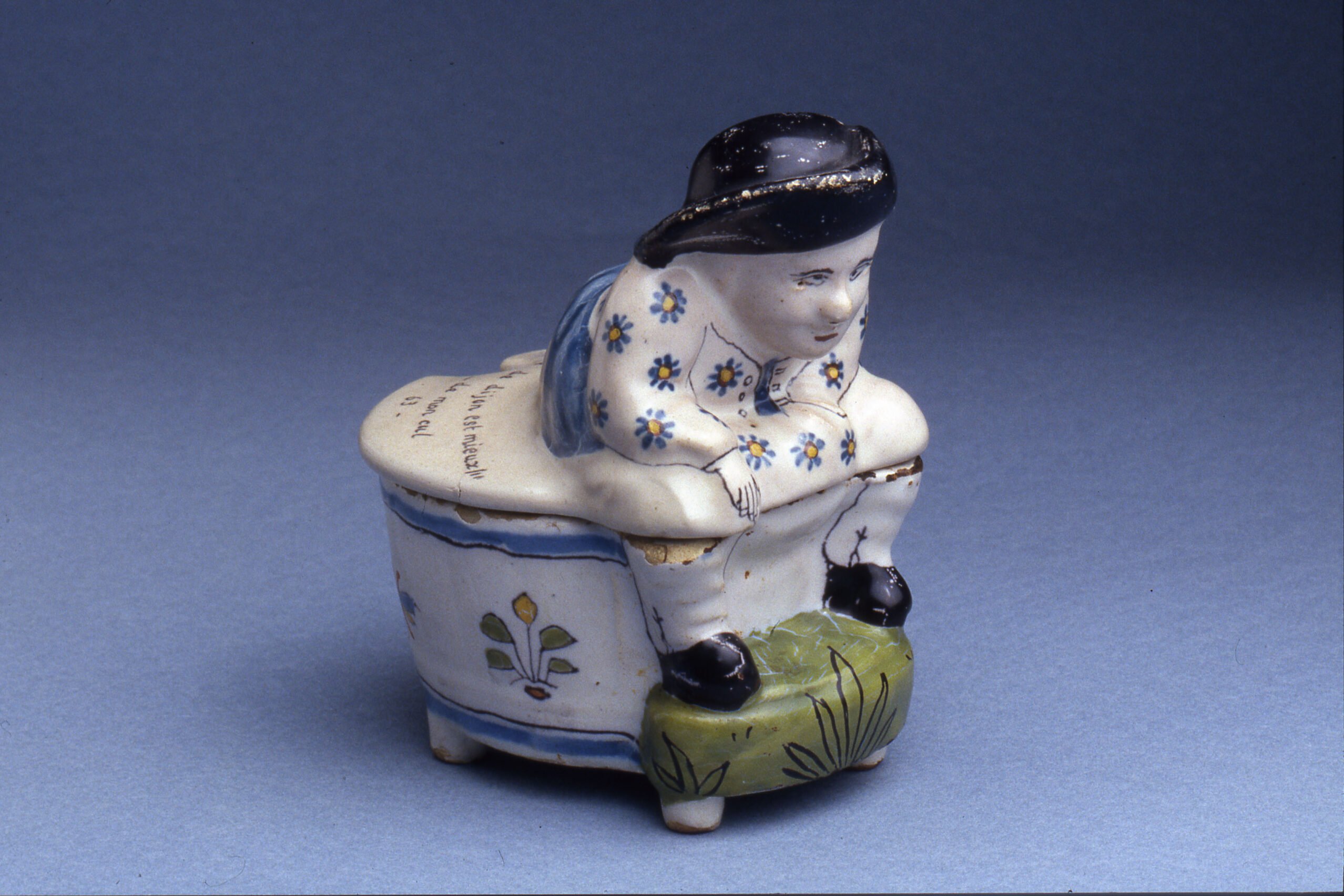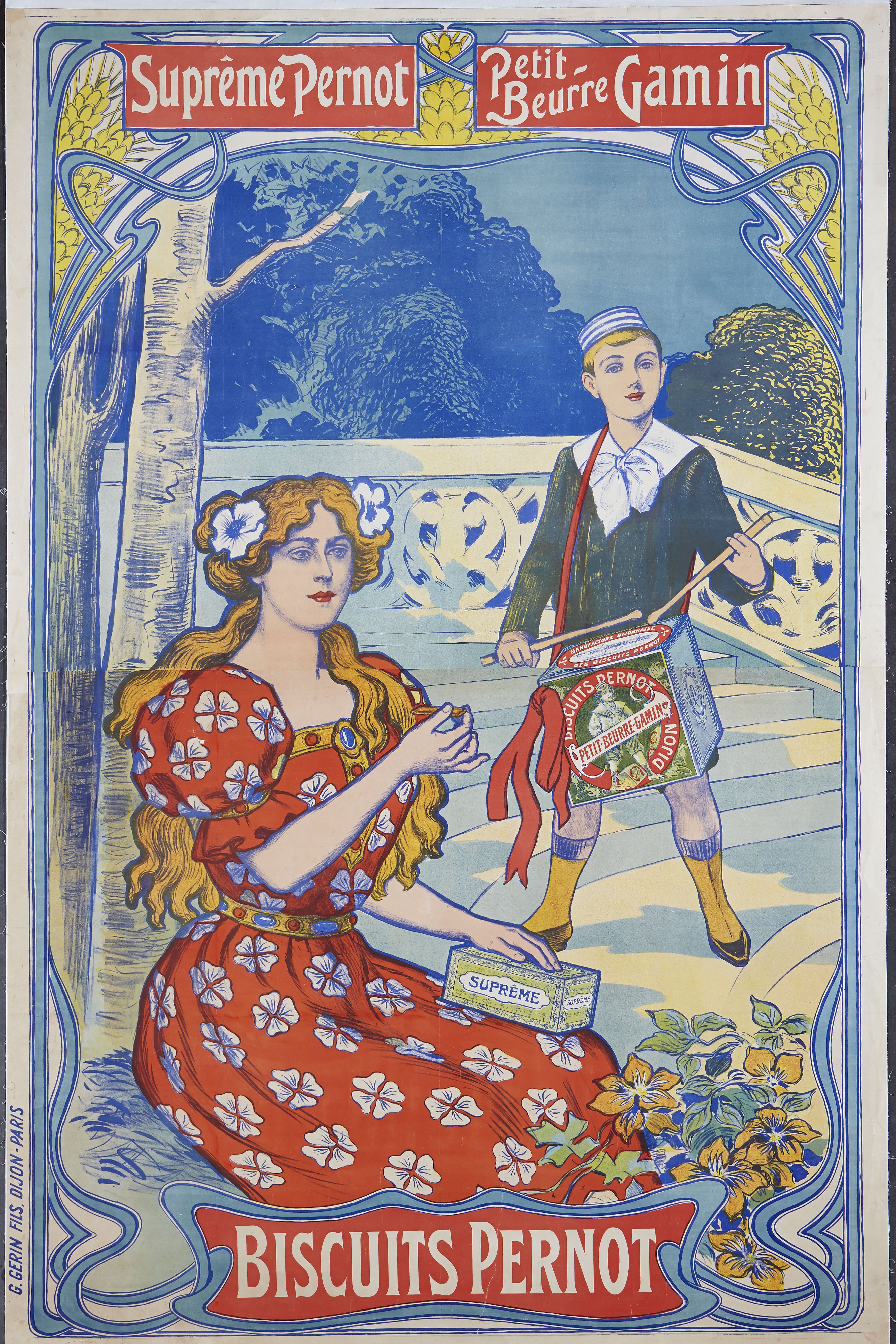

Housed in the very first Cistercian nunnery founded in the 12th century and transferred to Dijon in the 17th century, these museums offer the visitor an invaluable insight through the heart of the province.
This museum displays ethnographic rural objects collected at the end of the 19th century by M. Perrin de Puycousin, a celebrated folklorist. Thanks to him, you will find a wealth of furniture, household implements, regional costumes, all of them on display in a true- to-life context. In addition, life-size shops which used to be located in the streets of Dijon have been faithfully reconstituted. Among them a chemist’s, a grocer’s, a butcher’s, a clockmaker’s , a toyshop etc... Original posters and signs which used to adorn the walls of Dijon advertise former local industries and present-day Burgundian specialties. The visitors can’t miss the special section devoted to the history of mustard...
Finally, detailed explanations concerning the various local crafts based on the geological environment will show the visitors how craftsmen used to work on stone, clay and wood. Not only do these elements shape the nearby landscapes but they are also to be noticed in architecture, every-day objects or furniture.








